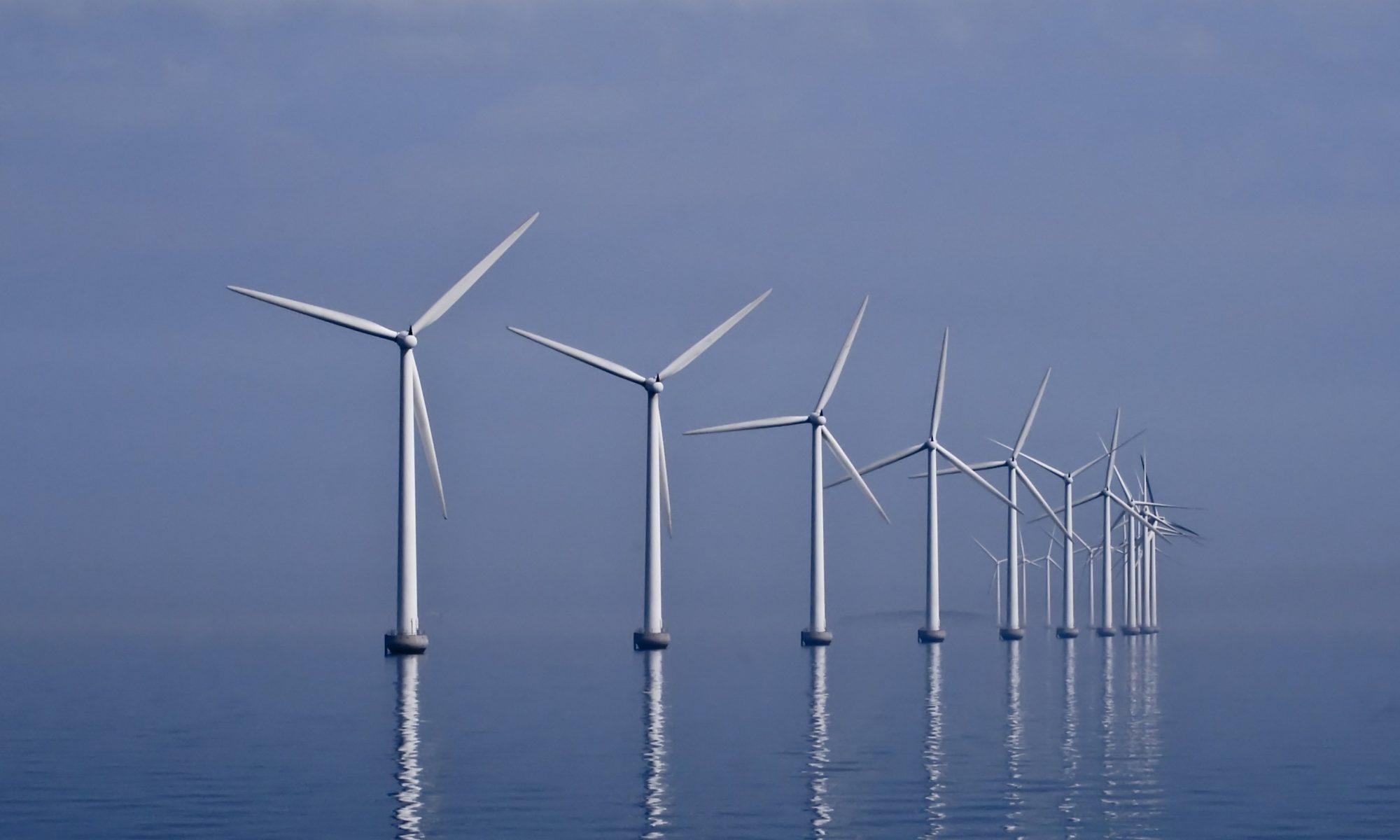A More Comprehensive Look at a Green Economy Strategy for New Jersey
Launching this web site is an opportunity to feature the ideas of a new environmental generation — and a platform for shaping the public discourse in New Jersey. The election of Phil Murphy marks a return to a progressive, green, and socially-affirming agenda, and it’s important to support this direction against the general drift of New Jersey politics. The recent (June 2018) budget battle is an example of the frustrations and compromises that seem likely to place limits on what Murphy can accomplish, but neither he nor we can afford to be discouraged by it. His reach may exceed his grasp, but it’s worth reaching for.
Creating a genuinely green economy is, arguably, a win-win proposition.1 It creates jobs — jobs that are meaningful, satisfying, and worthwhile.2 It makes us more resilient, and more sustainable, and a better example for the rest of the country. It demonstrates that green is profitable, inclusive, and uplifting. It creates a world that works better for everyone, not just for a select few — but it works for them also. (How is it not in the interests of “the elite” to have a society that is prosperous, and generous, and fair? Many if not most of the wealthy recognize that much of their wealth comes from the rising productivity, prosperity, and well-being of everyone else.) When things get better for everyone, they get better for everyone.
This is what the Murphys, both Phil and Tammy, are all about. But it’s up to the rest of us to make sure they stay on track, and are not derailed by circumstances, naysaying, or the daunting challenges they face in pushing NJ into the fast lane toward a sustainable future.3 This web site offers a more comprehensive look at a green economic strategy for New Jersey, and provides some practical opportunities for civic action, green entrepreneurship, and grassroots engagement.
Continue reading “Launching NJ’s New Green Economy”



